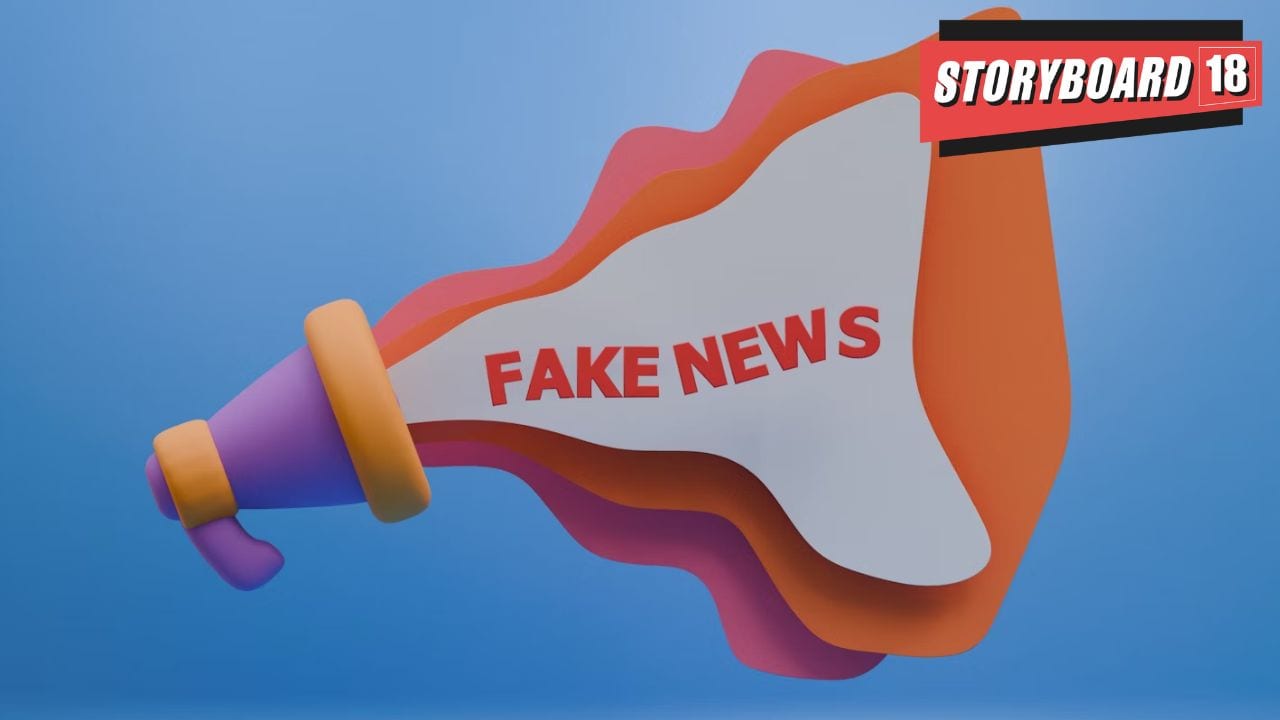By Lloyd Mathias
On May 7 2024, the Supreme Court pulled up Patanjali Ayurved for continuing to publish misleading advertisements on various online and offline platforms. It passed severe strictures on Patanjali and its founders Baba Ramdev and Acharya Balkrishna for making the misleading claims and then disregarding the courts directive of November 2023. The court went on to come down heavily on all advertisers who make inaccurate claims and felt existing regulations have failed to protect consumers.
It directed the Ministry of Information and Broadcasting (MIB) to ensure better enforcement – believing that existing regulation have not been effective and have let down consumers. The court asked for more stringent regulation to be put in place within a month.
The MIB reacted – or as some would say overacted – fearing contempt of court. Without evaluating the practicality or effectiveness of the move, or consulting the industry they ordered a double-line of defence:
1. Every single advertisement had to be accompanied by a self-declaration certificate (SDC) duly uploaded on either the Broadcast Sewa Portal for TV, Cinema, Radio ads or the Press Council of India (PCI) portal for print and digital ads. This certificate could be obtained after uploading the product data, the creative, the script, and details of the product or service.
2. Media owners were prohibited from carrying any ad without accompanying SDCs.
No mechanism has, as yet been spelt out the evaluation, monitoring of all the content uploaded.
This has sent the industry into a tizzy given the sheer volume of advertisements. As per TAM Media, nearly 340 million ads are released in internet and digital media in a year. In print, 3 million ads are released by 151,000 advertisers, while on TV, 86 million ads are released by 8,000 advertisers. If the MIB directive is to be followed, every one of these will have to be accompanied by a SDC and uploaded on the two portals. The sheer magnitude of this task is mind numbing.
The deadline for this was June 4th, but after representation from industry bodies this got pushed back to June 18th. Then all hell broke loose.
Huge disruption in Industry
• Obtaining SDCs requires voluminous documentation and verification, increasing workload and complexity. Implementation will need major adjustments in planning and legal processes, burdening the system with operational inefficiencies and costs. The capacity of the submission portals and technical issues, further complicate compliance, impacting campaign timelines and flexibility. Many brands and agencies have had to reconfigure their internal processes to accommodate these new requirements, impacting the flexibility and speed of ad campaigns and stifling creativity.
• Large advertisers have pushed the onus on to their agencies to obtain and upload the SDCs saddling agencies with huge unmanageable workloads. Also adding to their costs- which will naturally get passed on to clients and eventually to consumers.
• Smaller advertisers who depend heavily on lower cost digital media are struggling to cope with these increased compliance requirements and many have stopped advertising. Many may need to hire people for the job – which may make their business unviable.
• Media owners are expecting a huge drop in ads in the resultant confusion. New and topical ads in the ICC T20 World Cup knock out stage are conspicuously absent.
• Complete lack of clarity on how will things like influencer advertising, social commerce will be handled. Does every influencer signed on by a brand upload a SDC with every post on Instagram or X (Twitter)?
And all this with zero guarantee that will minimise or eliminate misleading advertising and ensure consumer protection. India’s Advertising standards body the Advertising Standards Council of India (ASCI) already has a self-regulation code in place and a consumer complaints council; but their judgements are non-binding.
In reality, many advertisers manage to release offending ads, as ASCI’s action is post facto – after consumers have seen the offending ads.
So, what’s the solution?
1. Have an industry wide rating system for responsible advertisers on the lines of CRISIL evaluating credit risk of loan takers. Every misleading ad (as decided by an independent body like ASCI) lowers the Advertiser’s rating score.
2. This name-and-shaming approach through a shared black list will make chronic offenders vary. Also having their ads restricted by media owners will hurt them where it matters most – business revenues.
3. This approach may make the current process laden with cumbersome bureaucracy redundant and actually shame/ put the onus rogue advertisers to clean up their act.
4. Use technology like AI to suss out offending content before it gets amplified.
Hopefully the MIB bureaucrats will rethink their approach.
Lloyd Mathias is a Business Strategist and an Independent Director who was leading marketer at PepsiCo India, Motorola & HP Asia.
